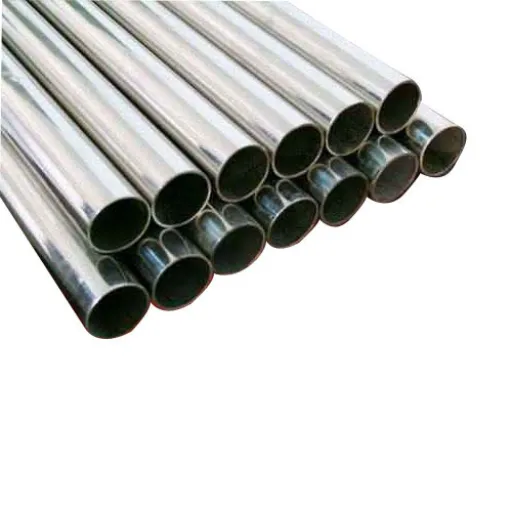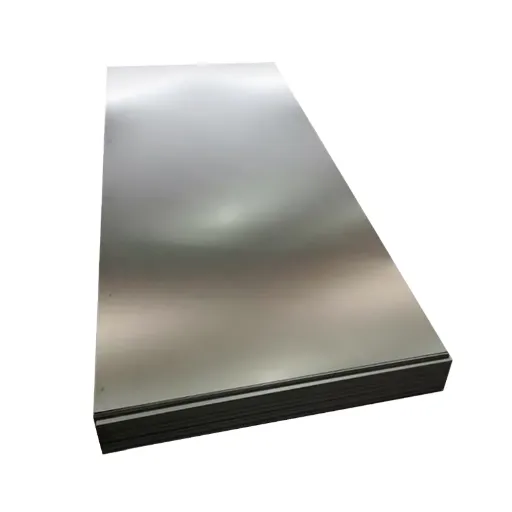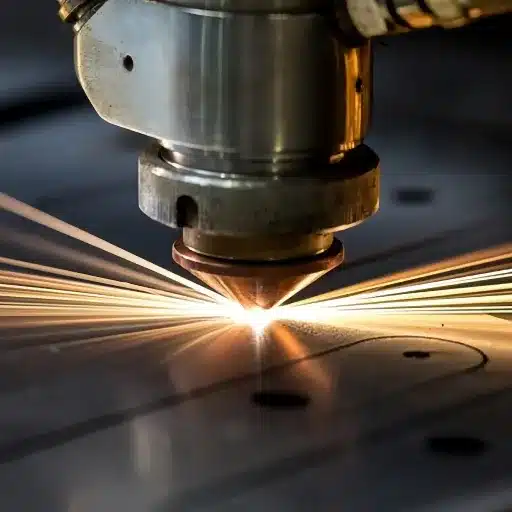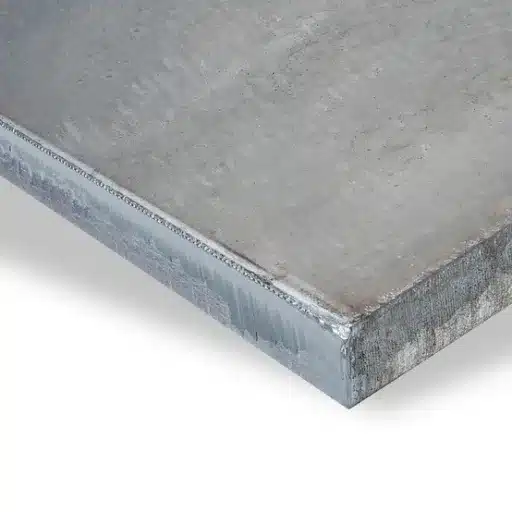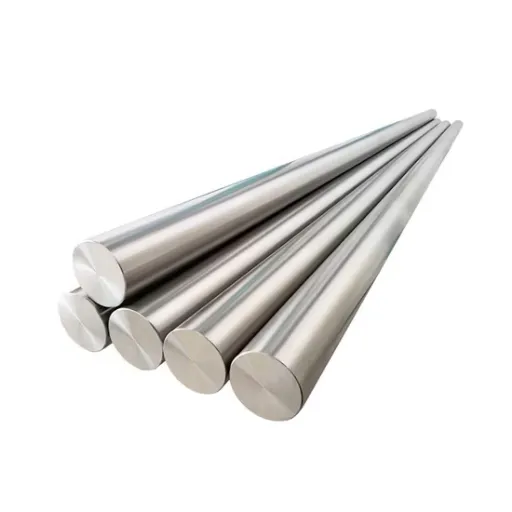Understanding the materials we use is crucial for industrial projects, tool fabrication, and even choosing kitchen utensils. Steel in both stainless and tool variations serve important roles, with each material having specific features and applications suited for certain purposes. This comprehensive guide examines the distinctions between these two categories of steels, including their chemical composition, properties, and preferred applications.
Introduction to Steel vs Stainless Steel
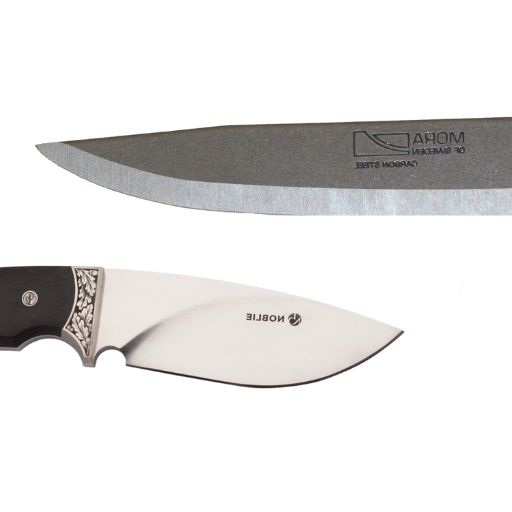
The primary difference between steel and stainless steel concerns their structure and composition. Steel refers to an iron-carbon composite, focusing on obtaining the highest static strength with the least weight and cost, though it has a high tendency to corrode if not coated. In contrast, stainless steel contains chromium, a metallurgical element that prevents corrosion and provides a glossy appearance.
Regular Steel
- Iron-carbon composite
- High static strength
- Cost-effective
- Prone to corrosion
- Requires coating for protection
Stainless Steel
- Contains chromium (≥10.5%)
- Corrosion resistant
- Glossy appearance
- Low maintenance
- Ideal for wet environments
What is Tool Steel?
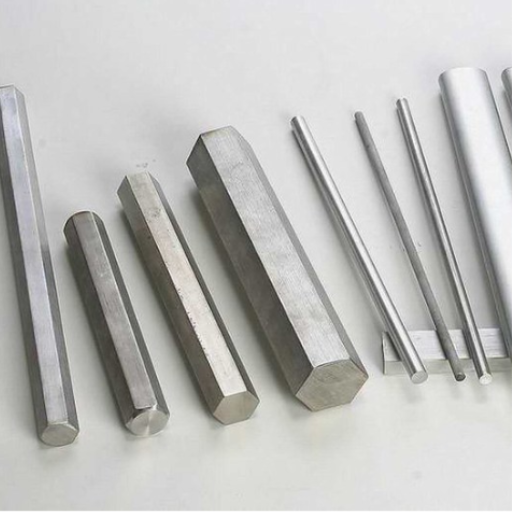
Tool steel refers to a set of carbon and alloy steels developed for manufacturing tools, dies, and equipment used to cut, shape, or form materials. These steels are highly valued in industries due to their high hardness, wear resistance, and dimensional stability even at elevated temperatures.
Key Properties of Tool Steel
- Hardness: High hardness ratio, making them essential for cutting applications
- Wear Resistance: Designed to withstand tools that cause wear and tear
- Heat Resistance: Retains stiffness even at high temperatures
- Impact Strength: Prevents internal cracking under load or pressure
Common Types of Tool Steels
- High-Speed Steel (HSS): Cuts efficiently at high rates, retains sharpness at working temperature
- Cold Work Tool Steels: Suitable for lower temperature applications, focuses on wear resistance
- Hot Work Tool Steels: Applied to stresses at elevated working conditions
- Plastic Mold Steel: Used in plastic molding operations, machinable and corrosion-free
Industry Insight: The global demand for tool steels is anticipated to expand at a compound annual growth rate of 4.0% from 2023 to 2030 due to increasing urbanization and automation.
Comprehensive Comparison: Tool Steel vs Stainless Steel

| Parameter | Tool Steel | Stainless Steel |
|---|---|---|
| Composition | High carbon, alloyed with tungsten, vanadium, chromium | High chromium (≥10.5%), nickel, molybdenum |
| Hardness | Very high, up to 67 HRC | Moderate, around 40-50 HRC |
| Corrosion Resistance | Low, prone to rust | High, resists rust and oxidation |
| Wear Resistance | Excellent, ideal for cutting tools | Moderate, not designed for wear resistance |
| Temperature Resistance | Retains hardness at high temperatures | Resists oxidation but softens under heat |
| Applications | Tools, molds, dies, cutting equipment | Kitchenware, medical tools, architecture |
| Machinability | Difficult, requires special tools | Easier, especially in common grades |
| Aesthetic Appeal | Functional, not aesthetic | Shiny, smooth, and hygienic |
| Cost | Higher for specialized grades | Generally more affordable |
| Environmental Suitability | Dry, controlled environments | Humid, corrosive, or outdoor settings |
Understanding Carbon Steel
Carbon steel is a versatile material consisting mainly of iron and carbon with varying amounts of different elements. It is categorized based on carbon content:
Types of Carbon Steel
- Low-Carbon Steel (up to 0.3% carbon): Very ductile and malleable, easy to weld and fabricate
- Medium-Carbon Steel (0.3% – 0.6% carbon): Good balance between strength and plasticity
- High-Carbon Steel (0.6% – 1% carbon): Harder and stronger but less plastic
| Parameter | High Carbon Steel | Low Carbon Steel |
|---|---|---|
| Carbon Content | 0.6% – 1.4% | 0.05% – 0.3% |
| Hardness | Very high, can be heat-treated | Lower, less suitable for hardening |
| Ductility | Low, less malleable | High, more malleable and ductile |
| Strength | Stronger, ideal for cutting tools | Moderate, suitable for structural uses |
| Applications | Tools, knives, springs, dies | Beams, panels, fasteners, fences |
| Cost | Higher, due to specialized processing | Lower, economical and widely available |
Applications and Uses
Industrial Uses of Tool Steel
- Cutting Tools: Drill bits, saw blades, end mills – taking advantage of hardness and wear resistance
- Die Casting Tools: Molds and dies for harsh working surfaces during casting
- Extrusion Tools: Dies for aluminum, plastics, and steel extrusion processes
- Punches and Stamping Tools: For automotive, electronics, and household industries
- Industrial Shearing Tools: For cutting through hard-to-cut metals
Common Applications of Stainless Steel
- Kitchen Essentials: More than 75% of commercial cooking appliances are made of stainless steel
- Civil Engineering: Facades, bridges, structural works in buildings
- Medical Instruments: Over 60% of surgical instruments use stainless steel
- Automotive Industry: Exhausts, trims, and structural panels
- Energy Sector: Reactors, oil platforms, renewable energy machinery
Market Analysis: The stainless steel industry reached around $111 billion in 2023, driven by high activity in infrastructure, automotive, and consumer goods sectors.
Advantages and Limitations
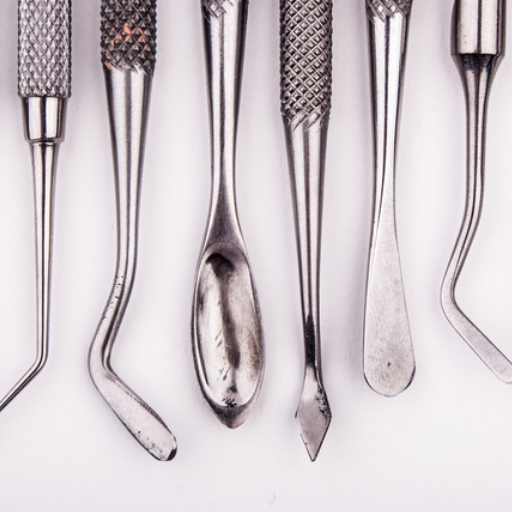
Benefits of Tool Steel
- Exceptional Hardness: Extraordinary heat treatment capability for maintaining sharp edges
- Superior Strength: Can withstand wear and scratch without degradation
- Excellent Wear Resistance: Important for industrial manufacturing processes
- High-Temperature Performance: Resists high temperatures without softening
- Versatility: Many grades manufactured for specific applications
Advantages of Stainless Steel
- Corrosion Resistance: Suitable for seawater, acidic environments, and adverse weather
- Durability: High toughness and strength for substantial depletion resistance
- Hygiene: Non-porous and easily sanitized for food and medical applications
- Aesthetic Appeal: Elegant contemporary look with glistening appearance
- Recyclability: About 60% recycled content, environmentally friendly
Limitations
Tool Steel Limitations:
- Higher cost for specialized grades
- Requires special tools for machining
- Poor corrosion resistance without coatings
- Limited to dry, controlled environments
Stainless Steel Limitations:
- Higher material cost than carbon steel
- Heavier than materials like aluminum
- Less efficient heat transfer
- Difficulty in processing due to hardness
- Can corrode in severe conditions without proper coating
Choosing the Right Material for Your Project
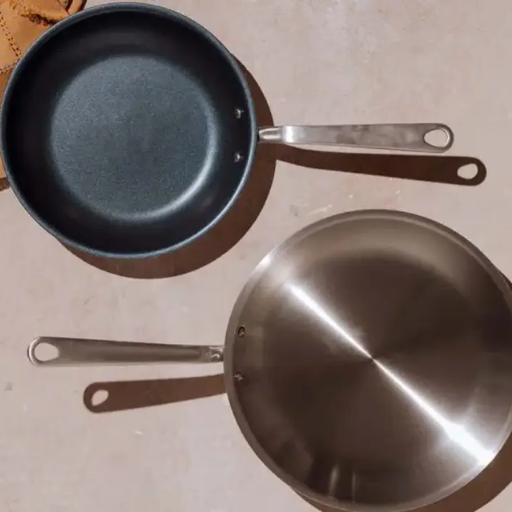
Selecting the appropriate material depends on several factors:
- Environment: Consider moisture, chemicals, and temperature conditions
- Application: Cutting tools require tool steel; food processing needs stainless steel
- Budget: Balance initial cost with long-term maintenance requirements
- Performance Requirements: Hardness, wear resistance, or corrosion resistance priorities
- Maintenance: Consider ongoing care and replacement costs
References
-
Academia.edu
- Title: BEHAVIOR COMPARISON OF STAINLESS STEEL AND TOOL STEEL MATERIALS AT ELEVATED TEMPERATURES
- URL: https://www.academia.edu/download/99043272/Brnic.pdf
- This paper compares the performance of stainless steel and tool steel under high-temperature conditions.
-
Academia.edu
- Title: An investigation of adhesion wear behavior of tool steel on blanking die
- URL: https://www.academia.edu/download/78794194/6-ICAME2011-D30004.pdf
- This study explores the wear resistance and durability of tool steel in industrial applications.
Frequently Asked Questions
What distinguishes tool steel from stainless steel?
Tool steel is meant for high hardness and wear resistance with a high carbon content; stainless steel, on the other hand, contains chromium, thus giving it excellent corrosion resistance. Tool steel is considered more of a precision cutting element, while stainless is used where corrosion resistance is paramount.
How different is corrosion resistance between stainless steel and tool steel?
Stainless steel contains higher chromium content to maintain an oxide layer on the surface that prevents rust from forming. Tool steel, with its lesser chromium, therefore, cannot offer rust resistance compared to stainless steel and becomes the choice of steel for use in wet or corrosive conditions.
What is the importance of carbon content in carbon steel tools?
Carbon content affects hardness and strength directly. When carbon content goes up, it increases the hardness of the steel, suited to cutting applications, but it also increases brittleness. This balance between hardness and brittleness must be achieved for optimum performance so that the metal does not fail under stress.
Which is harder and more wear-resistant: tool steel or stainless steel?
Tool steel has higher hardness and wear resistance due to the high carbon content as well as special alloying elements. Stainless steel, while tough and resistant to rust, is less wear-resistant than an engineered tool steel.
Why consider making steel tools with high carbon instead of stainless steel?
High-carbon steel tools provide higher hardness, sharpness, and wear resistance in cutting applications. The down side is that they are more prone to corrosion when compared to stainless steel, which is of utmost importance in high moisture environments.
Conclusion
Understanding the differences between tool steel and stainless steel is essential for making informed material choices. Tool steel excels in applications that require hardness, wear resistance, and precision cutting, while stainless steel dominates in environments that demand corrosion resistance and aesthetic appeal. Consider your specific requirements, environmental conditions, and budget constraints when selecting between these materials to ensure optimal performance and longevity in your applications.
Key Takeaway: Both materials serve crucial roles in different industries. The choice between tool steel and stainless steel should be based on specific application requirements, environmental conditions, and performance priorities rather than cost alone.

